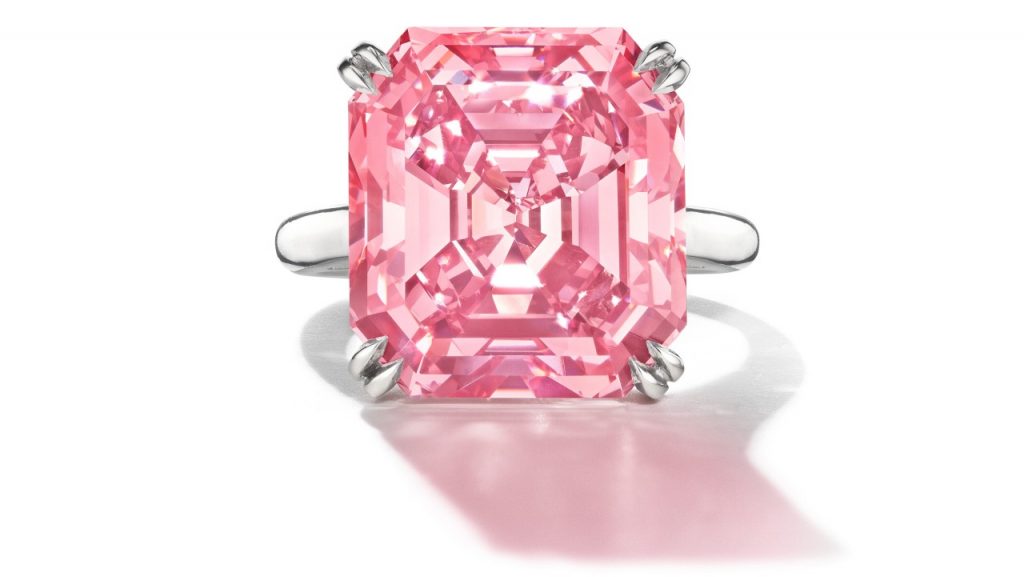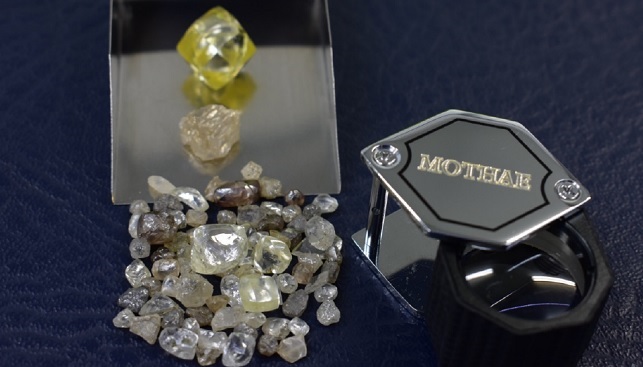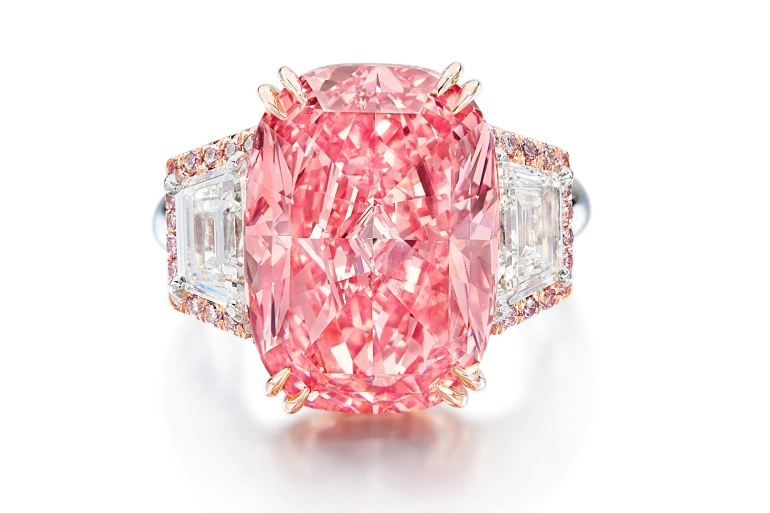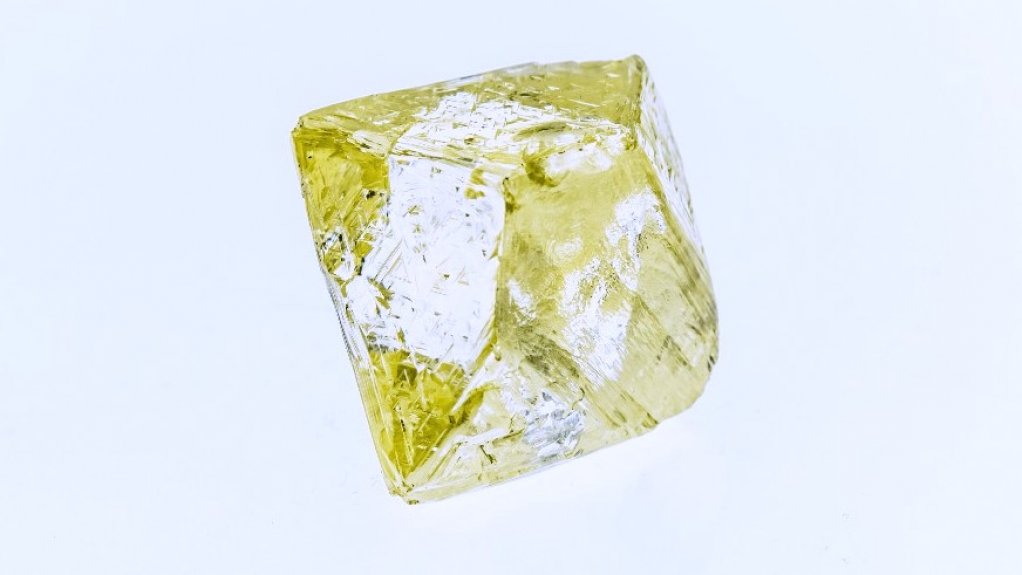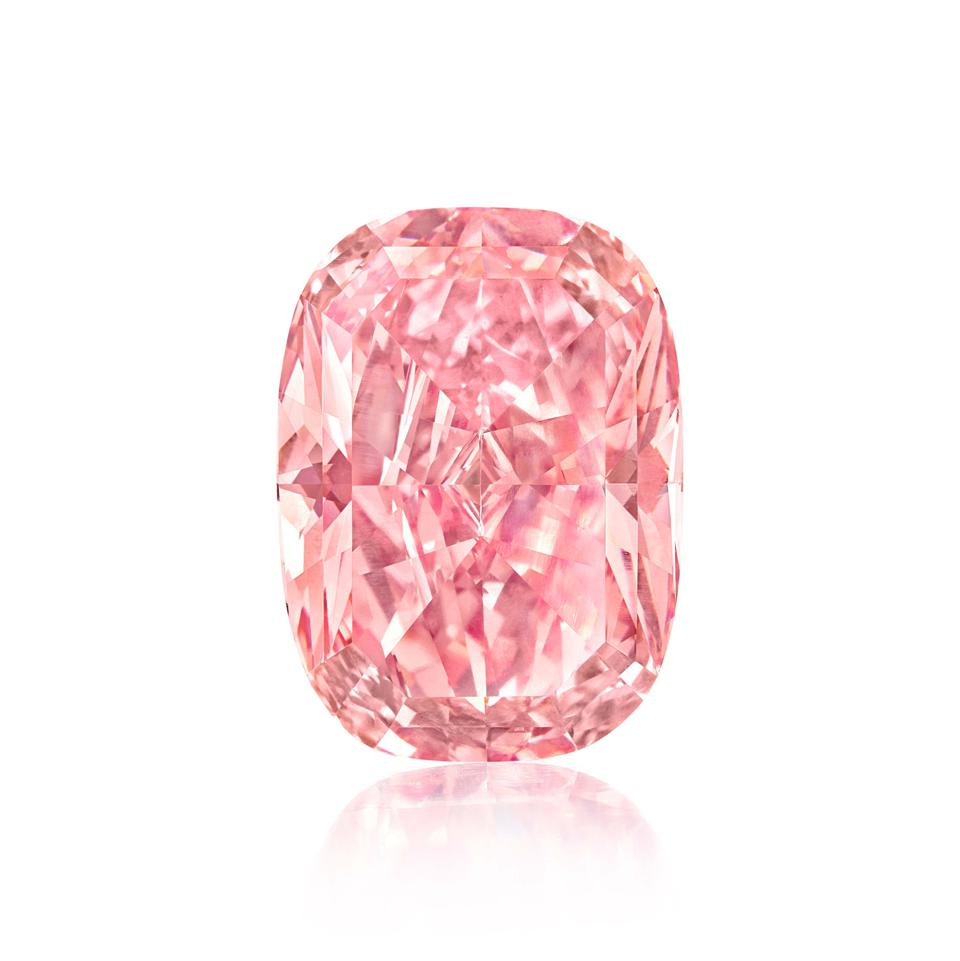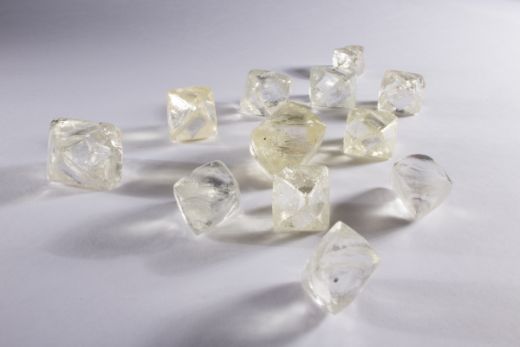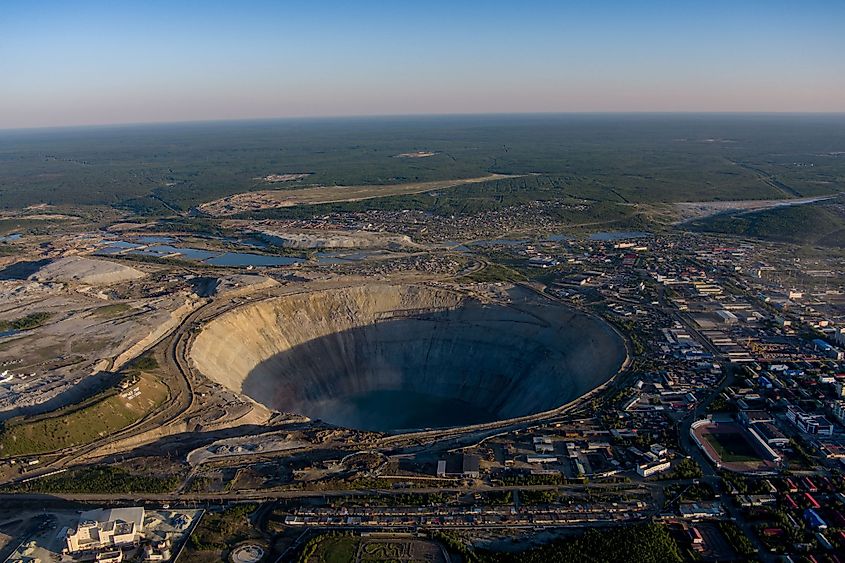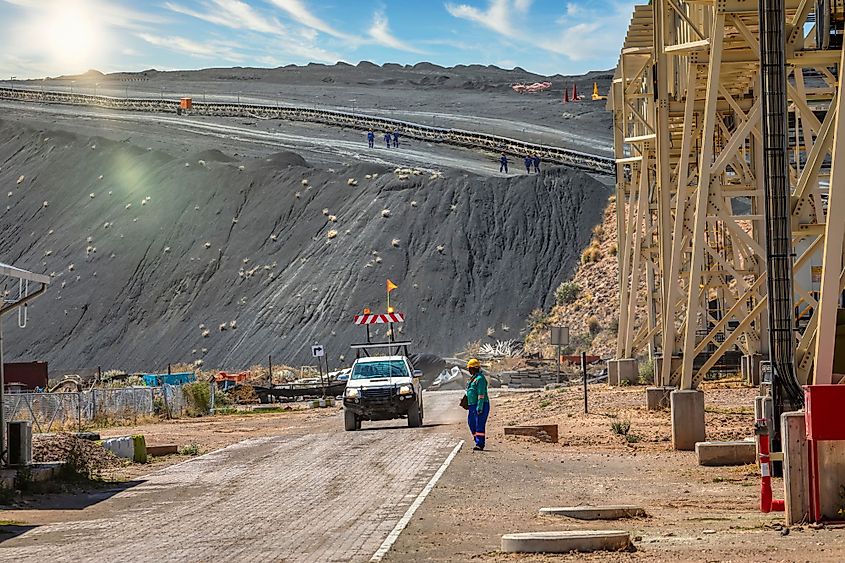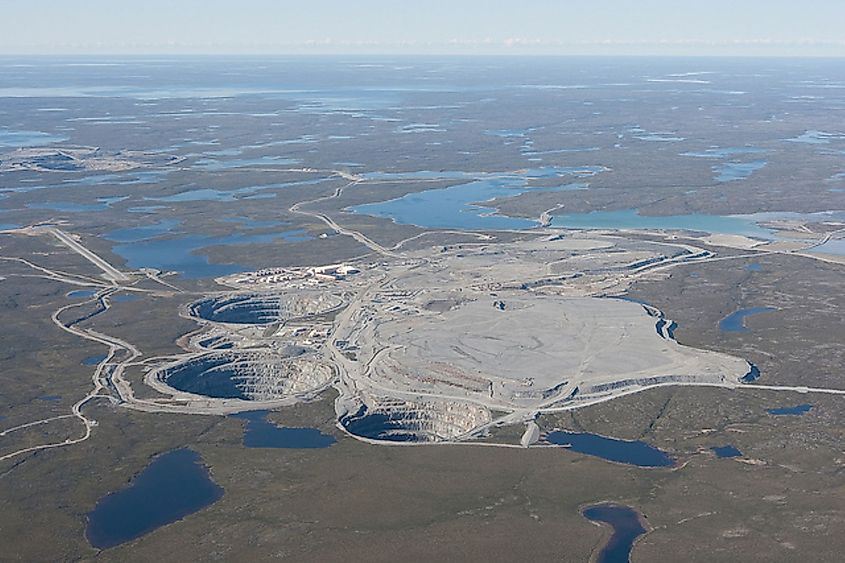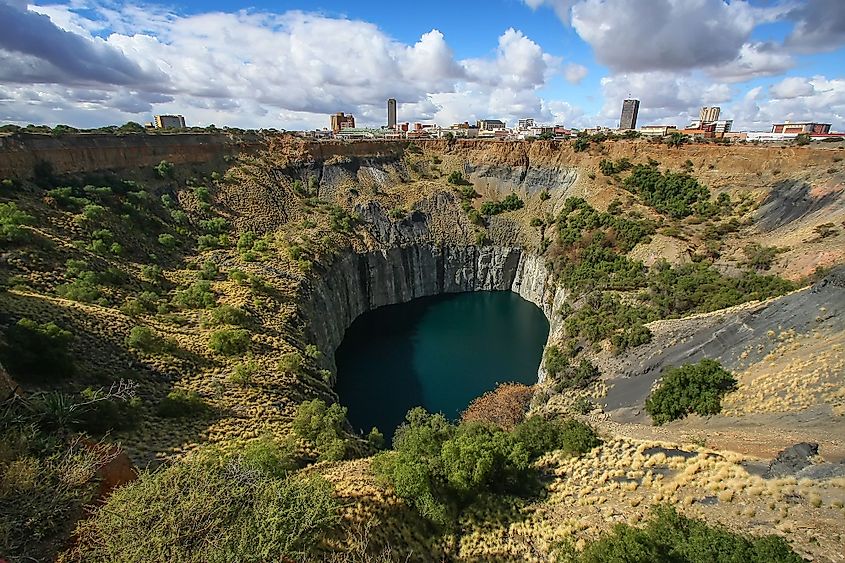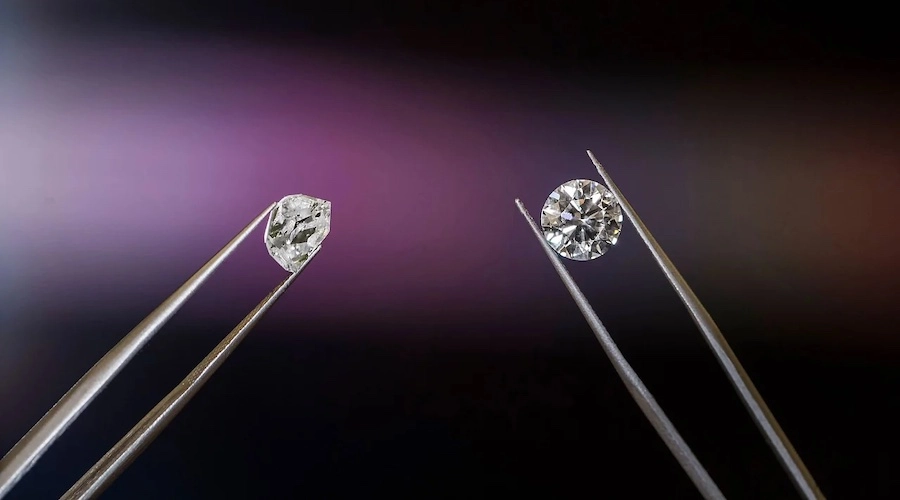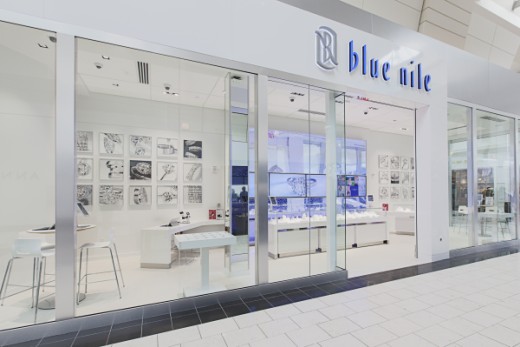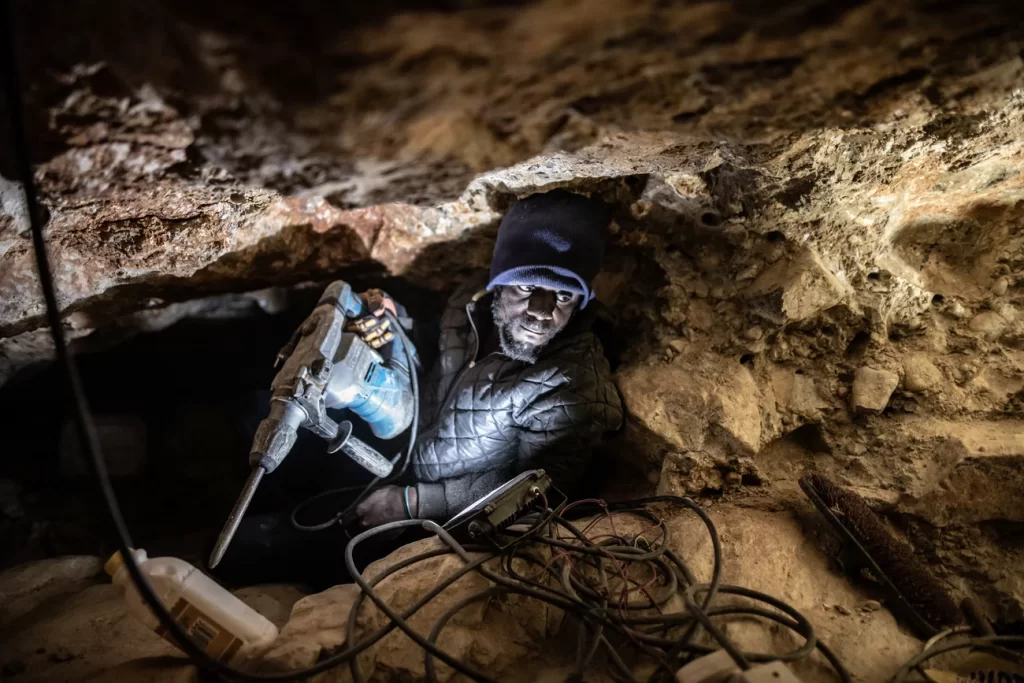
Bracing against the vibrations of the jackhammer, illicit diamond miner Jefferson Ncube bores steadily into the rock face before him, sending chunks of dry stone clattering to the ground and filling the air with a cloud of pale gray dust. He’s 30 feet below the surface of the desert in the Namaqualand region of South Africa in a tunnel barely tall enough to crawl through.
“I don’t enjoy this at all, but I need the money,” says Ncube, who holds a degree in agricultural science from the University of Pretoria but says he has been unable to find work elsewhere. “I have a family to support, a wife and a 1-year-old child.”
The Nuttabooi mine, near the coastal town of Kleinzee, was once mined by the diamond giant, De Beers, the largest of dozens of industrial mining operators who, for the best part of a century, formed the backbone of the region’s economy.
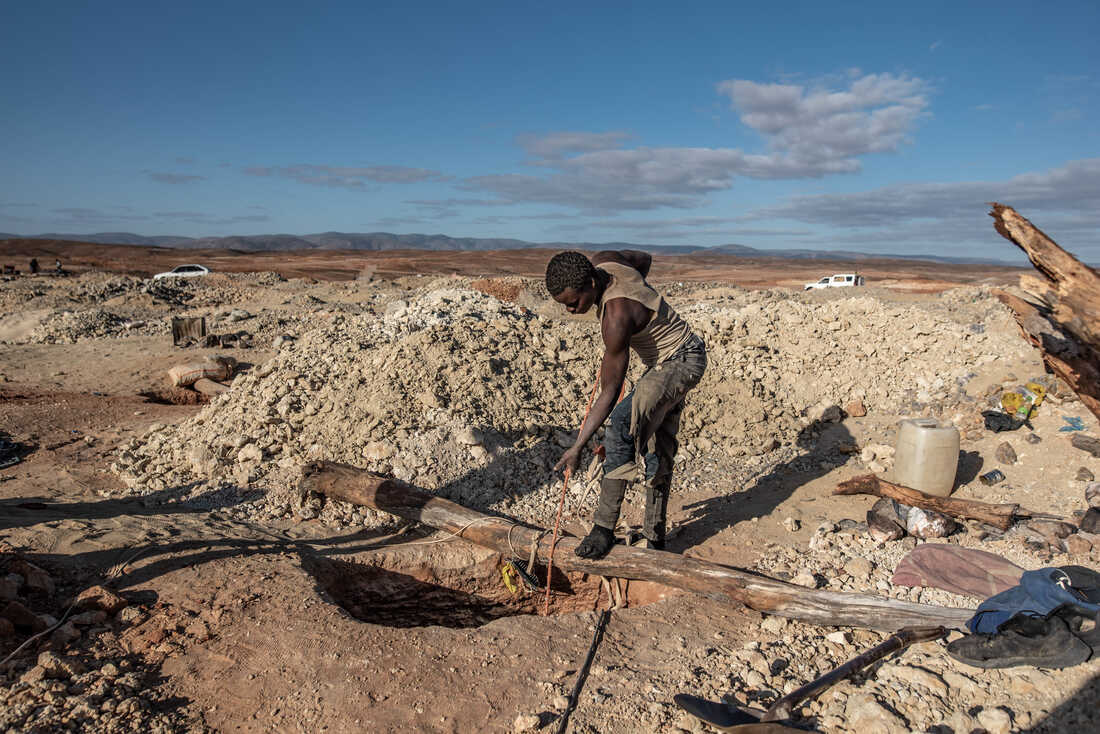
But over the past 20 years, rising operational costs and a dwindling supply of diamonds have made large-scale industrial mining increasingly unviable. The sector’s steady decline has left a legacy of chronic unemployment in Namaqualand but has also created opportunities for a growing number of desperate young men and women willing to tolerate hardships and dangers as they eke out a living in abandoned mines.
Known locally as “zama-zamas” — loosely, “ones who try their luck” in isiZulu — unlicensed miners like Ncube are considered illegal by the government. Yet here on South Africa’s wild and diamond-rich Atlantic coast, residents say the number of zama-zamas has burgeoned in recent years, fueled by the lack of jobs, the economic impact of the COVID-19 pandemic and the rising cost of living, as well as by political and economic crises in neighboring countries.

Earlier this year, South Africa’s minister of Mineral Resources and Energy, Gwede Mantashe, described illegal mining as a “plague” amid reports of rampant corruption, extortion and violence linked to zama-zama activity across the country, not only in relation to diamonds but also coal, and other minerals such as gold and chromite. Once confined largely to the country’s estimated 6,100 abandoned or ownerless mines, officials say illegal mining is increasingly spilling over into operational mines too.
Ncube is part of a 12-man team, all of them migrants from Zimbabwe, where hyperinflation and unemployment have made it all but impossible to build a stable life for their families. Out in the desert, living conditions are bleak and working conditions even worse, but with some basic tools and a little knowledge of geology, they manage to make ends meet. The men, almost all of whom have arrived in the past two years, share the work and split whatever profits they make.

“We dig down until we hit the bedrock, then we go sideways through this belt,” says Ncube, pointing at a band of rock and gravel on the side wall of the tunnel. “This is where we find the diamonds. In the past, they used hammers and chisels. But if you use a jackhammer, you can take out more rock and then there are more diamonds for you.”
Danger in the tunnels

The miners have little in the way of safety equipment, and their tunnels are prone to collapsing. A little more than half a mile from here, at the neighboring Bontekoe mine, a simple granite plaque in the desert commemorates the miners who lost their lives in a particularly deadly collapse in 2012. Smaller accidents occur frequently and often go unreported. Community leaders say that at least six people have died at Nuttabooi alone in the past few months.
To try to stay safe, Ncube and his colleagues make a point of leaving “pillars” at 6-foot intervals as they tunnel through the ground. But it’s an imperfect system, made harder by the fact that tunnels dug by different groups of miners often collide.
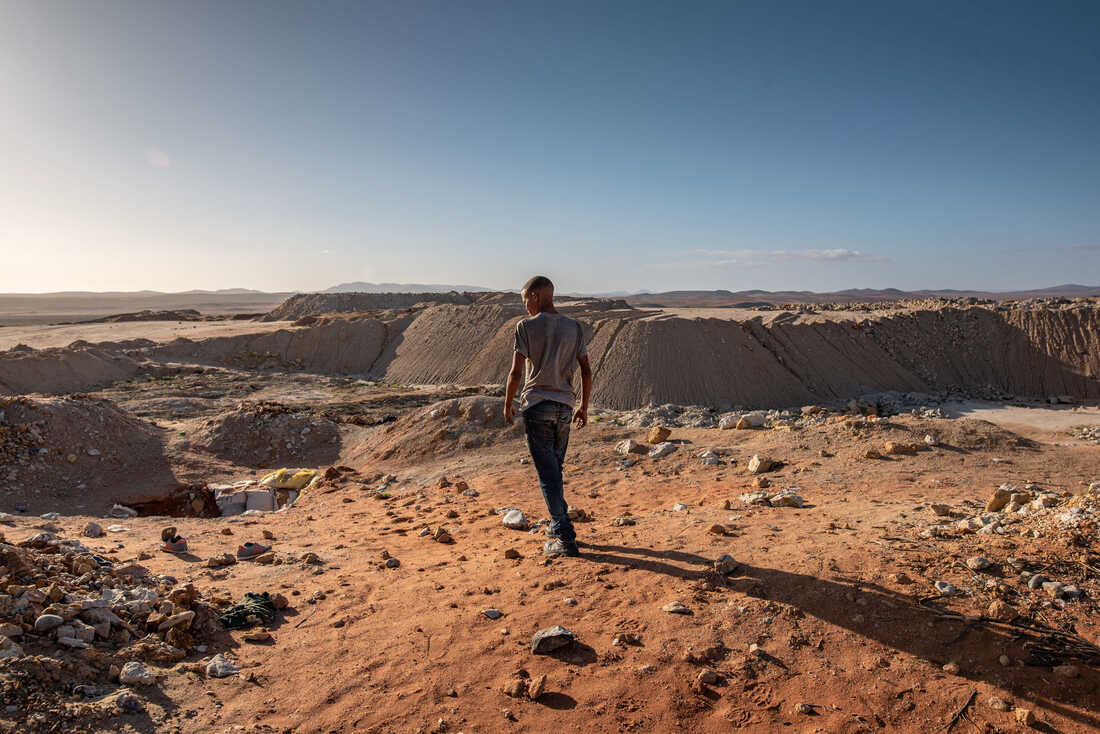
“If the hole is ‘paying,’ people get greedy and they eat away at the pillars until the whole thing is just hanging,” says Ncube. “That’s how some guys died just two holes away from here. If you get greedy you’ll die down here, and then your family will suffer even more.”
After handing over to a colleague, Ncube climbs carefully back up the vertical mine shaft and hauls himself over the edge. At the surface, in a stark, lunar landscape of craters and piles of rubble, zama-zamas cluster together around their holes, sifting through gravel and chatting over the low hum of diesel generators. A few hundred yards away, the old De Beers mine lies abandoned, a massive scar on the face of the desert, hemmed in by towering mine dumps.
“De Beers has taken all the diamonds out of Namaqualand and now we’re back in poverty,” says Andrew Cloete, a longtime illicit miner who lives in a small tent of black and red plastic sheeting in the ever-expanding squatter camp below the Nuttabooi mine. “The companies left us like they found us — with nothing. But if we just sit there thinking about it, our kids will die. So we, the diggers, come in here and take the scraps.”
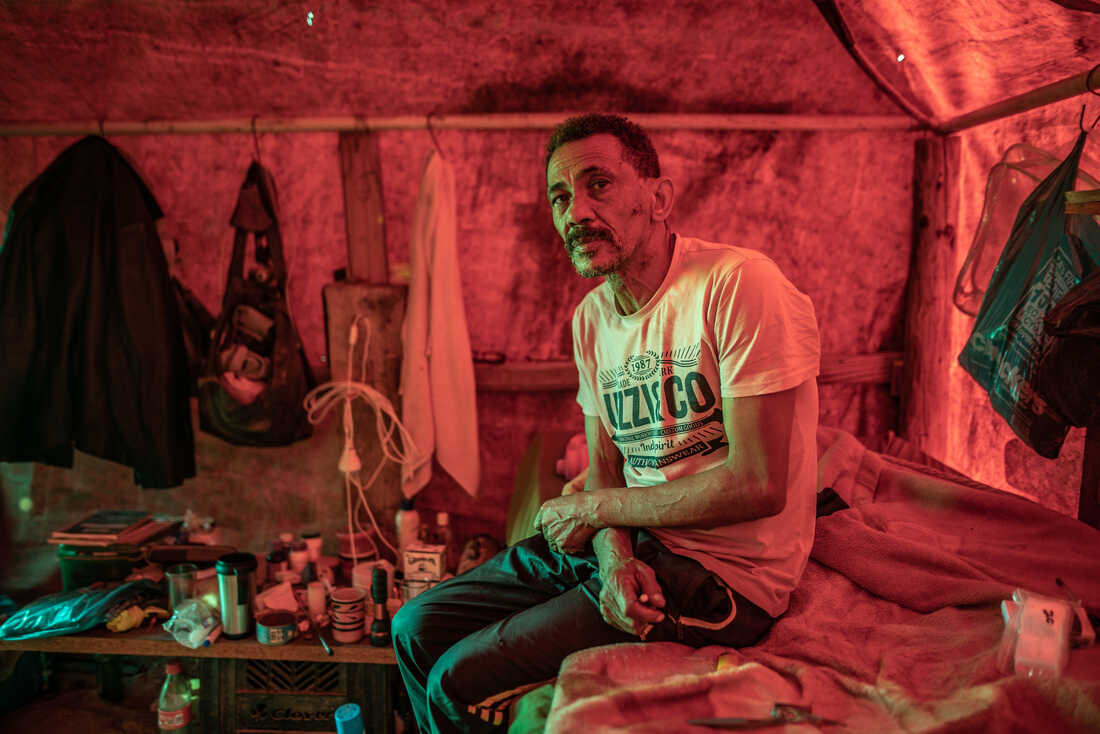
The plight of the zama-zamas
There is a palpable sense of anger, particularly among the miners who grew up in Namaqualand, over how little of the region’s diamond wealth has stayed in the local area. Over several decades, vast quantities of diamonds have been exported overseas, yet most of the area’s roads are still unpaved, service provision is haphazard at best and poverty and alcoholism are endemic. Unemployment in the province stands at over 46%.
“Africa’s f***ed up. We don’t have jobs, all we have is minerals — but they’re being looted by the West,” said one miner, an unemployed mechanical engineer who didn’t want to be named, citing concerns that he may be targeted by the authorities. “This is our Africa. This is our land. These are our minerals.”
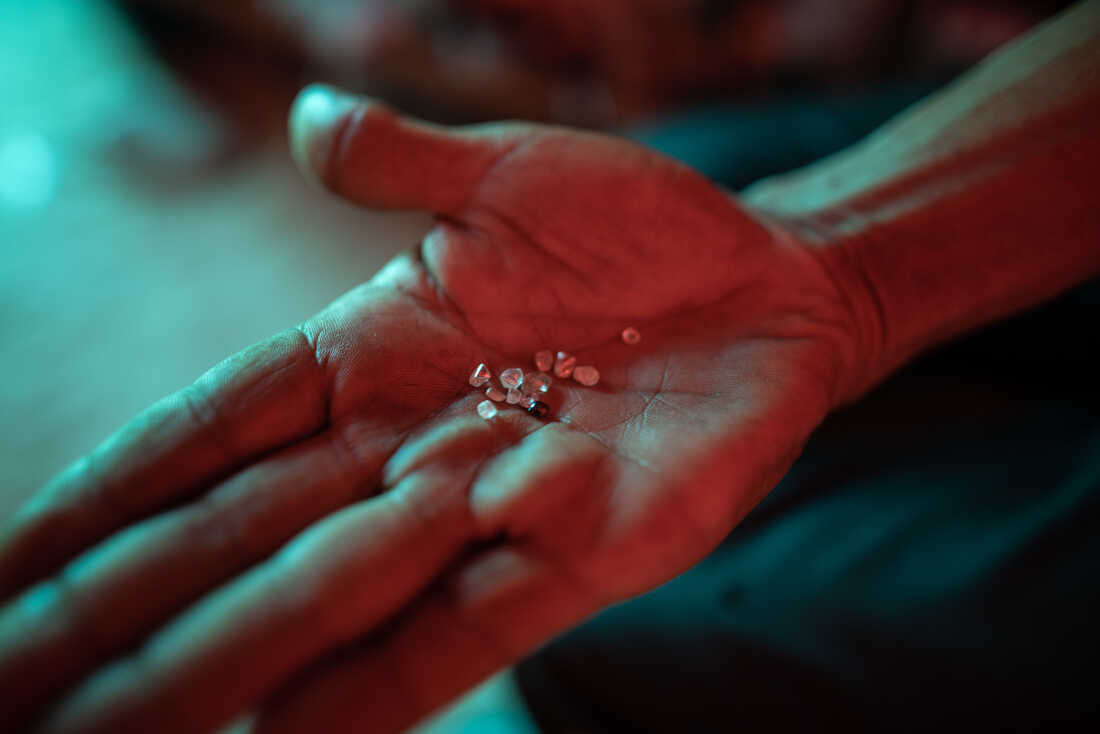
Outside Cloete’s tent, men wander through a small city of plastic lean-tos that has sprung up in the desert over the past two years. The camp has enveloped a handful of derelict buildings left behind by the mining companies, where zama-zamas now sleep side by side on filthy mattresses on the floor. The camp, home to around 1,500 people, has no electricity, running water, clinics or sanitation but a surplus of bars and taverns that do a steady round-the-clock trade.
“Nobody would live in conditions like this if there wasn’t a need,” says Cloete, gesturing toward the scene outside. “We’re here because of poverty, hunger and joblessness.”
They’re not getting rich off their diamonds
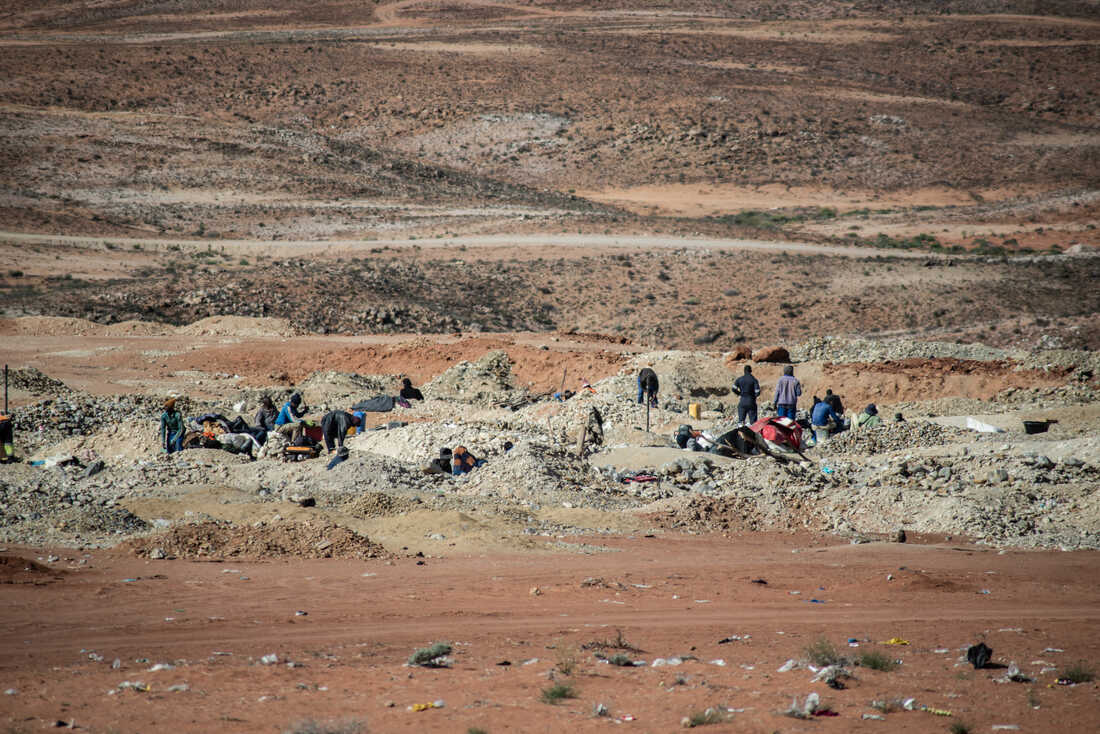
After lighting a cigarette, Cloete reaches for a small glass jar and takes out a plastic packet from inside. Carefully, he empties its contents into his palm. About a dozen small, rough diamonds tumble out. On international markets they might fetch a substantial sum, he says, but due to the illegal nature of their work, the zama-zamas have little bargaining power and are forced to sell their finds to black-market buyers for a fraction of their true value.
“They buy diamonds like they’re buying sweets,” complained one zama-zama. “You get people buying diamonds for 100 Rand [about $5.50].”
Cloete, who founded an informal group of mineral rights activists known as the “Mining Fighters,” has spent years petitioning the South African government to find a productive way to formalize zama-zama mining, a move that he says would lead to safer working conditions and a fairer marketplace for local diamonds, as well as bringing in considerable revenue for the government. Similar systems are in place in many other African countries, where so-called artisanal mining, carried out by individuals or small groups using traditional methods and basic equipment, is now a major employer and revenue generator.

The town was once the property of the De Beers diamond company. In its heyday, it was a thriving settlement of 4,000 people with about 30 recreational clubs. After closing down its mines in the region, De Beers sold off the town, which is now largely empty.
But Cloete says he has yet to receive a response. “They treat us like we’re criminals,” he says.
Many in the formal diamond sector would also like to see the legalization and regulation of informal mining, which they say hampers their legal operations and fuels a parallel black market in illegal diamonds.
“At the end of the day, it’s a situation that’s totally unbearable for us,” said Gert Van Niekerk, chairman of the South African Diamond Producers Organisation, an industry body representing legal diamond miners. “This is not the Wild West.”

Kim Cupito, who lives with her husband in a derelict building left behind by De Beers, lost her job during the pandemic. “We need to survive, and this is God’s ground. It’s for everybody,” she says.
In Kleinzee, a faded mining town once owned by De Beers, where most homes now lie empty, residents say the influx of illegal miners from around South Africa and neighboring countries has led to a rise in crime.
The uncertain future faced by zama-zamas
“Zama-zamas aren’t welcome here,” said one Kleinzee restaurateur. “They have knives, they have guns, they’re gangsters. They can come and buy things here, but afterward they must leave. We don’t want them here.”
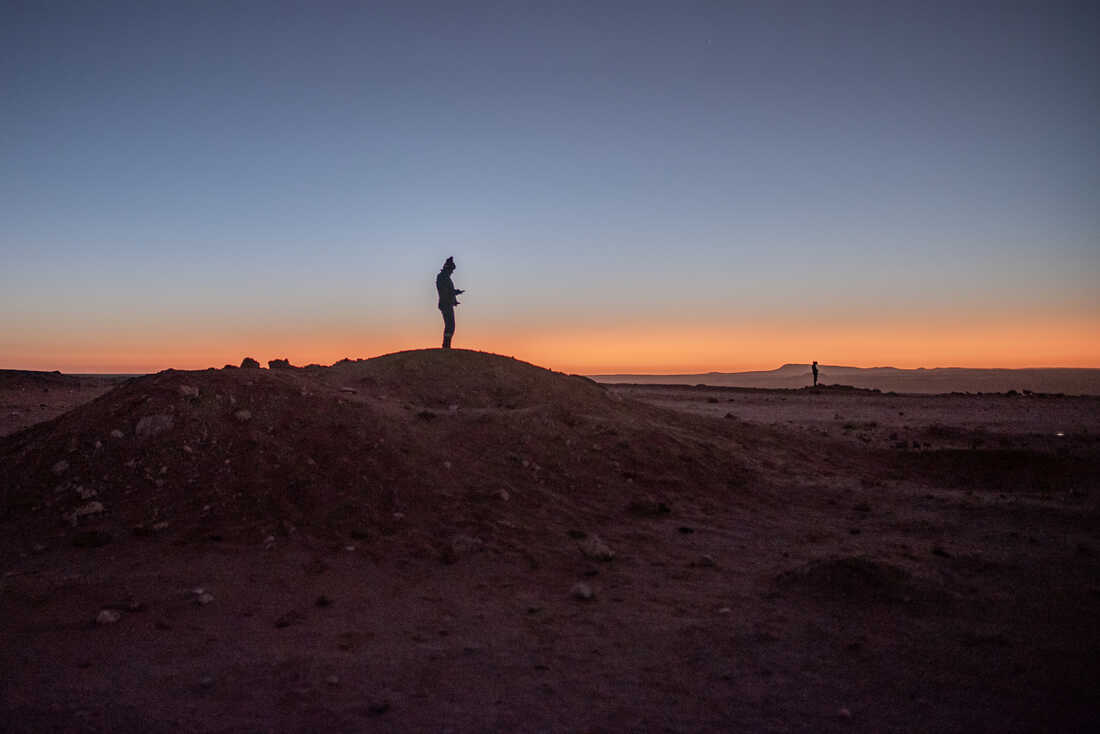
In a policy document released in March, South Africa’s Department of Mineral Resources and Energy announced its intention to create a new police unit dedicated to combating illegal mining. It also laid out plans to make it easier for artisanal and small-scale miners to legally acquire mining rights by streamlining the expensive and time-consuming process of applying for a permit.
Police raids are frequent. In one major operation in July, a combined force of police and other law enforcement bodies backed by two helicopters and a spotter plane raided the Nuttabooi site, arresting over 100 people and confiscating 130 generators and 121 jackhammers, along with other equipment. But within days, mining activity had resumed.
But creating new legislation to support the policies could take time. And critics say it’s unrealistic to hope that many zama-zamas will voluntarily cease their activities, undergo training, comply with regulations and start paying taxes and royalties to the government, especially given that many are in the country illegally and would not be eligible for mining permits.
In the meantime, Namaqualand’s zama-zamas don’t intend to wait around.
“There’s nothing for us out there,” said Kim Cupito, a former fruit trader who lost her job during the pandemic and now lives with her husband in a derelict De Beers building with gravel piled up in the hallways and gaping holes in the roof. “We need to survive, and this is God’s ground. It’s for everybody.”
Picures by: Tommy Trenchard for NPR
Source: npr.org
